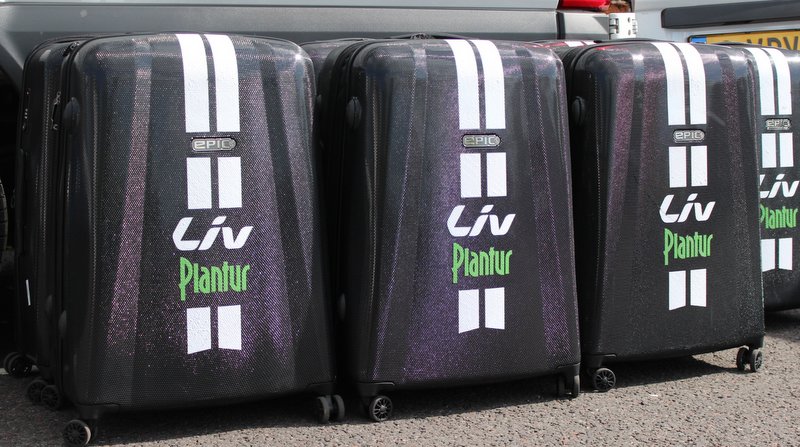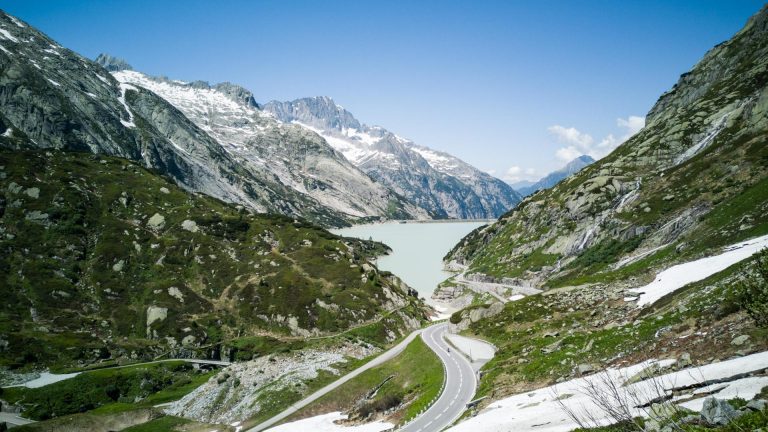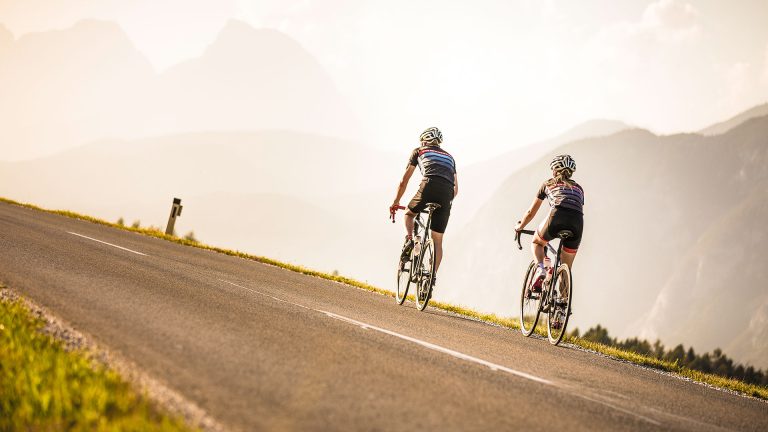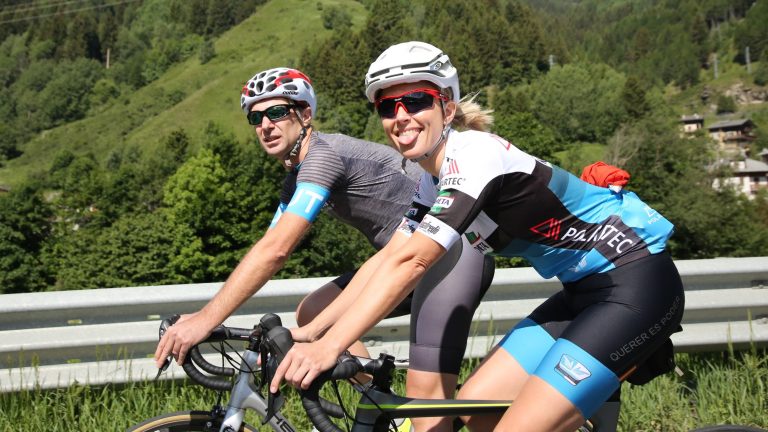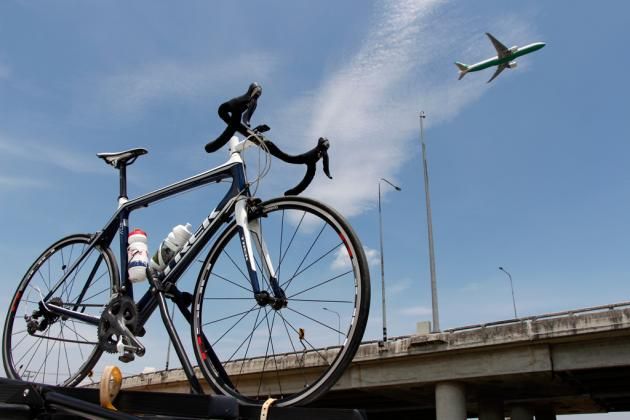
This post is inspired by an individual I saw riding up a mountain in France on a hire bike that was quite clearly too small. Legs doubled up at almost right angles, I had genuine concerns for the poor guys knees on reaching the summit. It just doesn’t have to be this way.
Hiring a bike can be easier, and sometimes cheaper than taking your own when going abroad. You don’t need to trundle through airport waiting rooms, attracting confused glances and the regulatory ‘got a body in there?’ questions. You don’t have to take your precious two wheeled best friend apart, and re-build her/him at each end. And you don’t risk unboxing a cracked frame either (though a sturdy bike box can hugely limit this too!).
However, there are some cons. Your own bike is set up for you (hopefully) and doesn’t cause you pain – a hire bike will be a blank canvas, and if you’re riding on holiday you’ll probably be racking up the miles – you don’t want to do so in the wrong position.
Common Cycling Niggles and Bike Fit Fixes
Here are some tips for those hiring a bike abroad, to help make sure you get the best of the experience…
Booking a bike
- Be selective. Towns on the edge of major riding areas often have multiple bike shops, and hire centres. Do some research to make sure you get the best deal, on a bike that you truly want to spend a week or two riding on.
- Opt for a hire shop with a work shop and store – you want to be able to pick up supplies, too
- Bike brands measure bikes from different points. A Specialized Women’s 54 will fit much like their unisex 52, which will be different to a Cannondale in a similar size. When choosing your size, you’re best off finding the geometry chart for your own bike, and for the hire bike – and going for a ride with a similar reach.
- If you’re hiring a unisex bike it is likely to have wider handlebars than would be your ideal. Riding with wider handlebars over long periods can result in neck and back pain, and could be unsettling on long climbs or descents – but swapping them isn’t really ‘normal practice’. It’s worth enquiring if this can be done in advance, or just going for a women’s model that might be more ideally set up.

